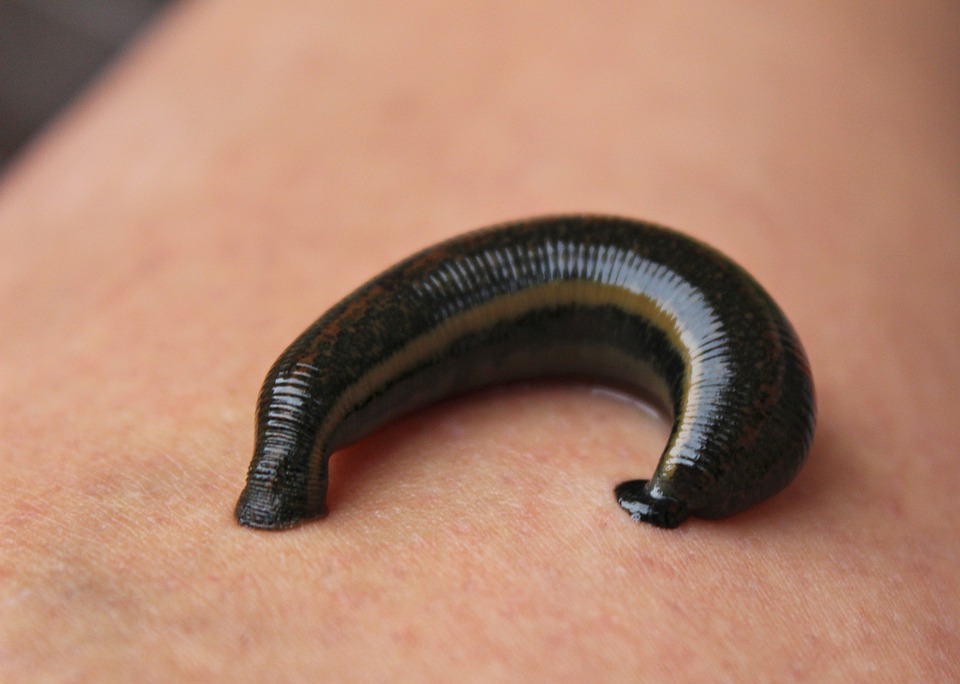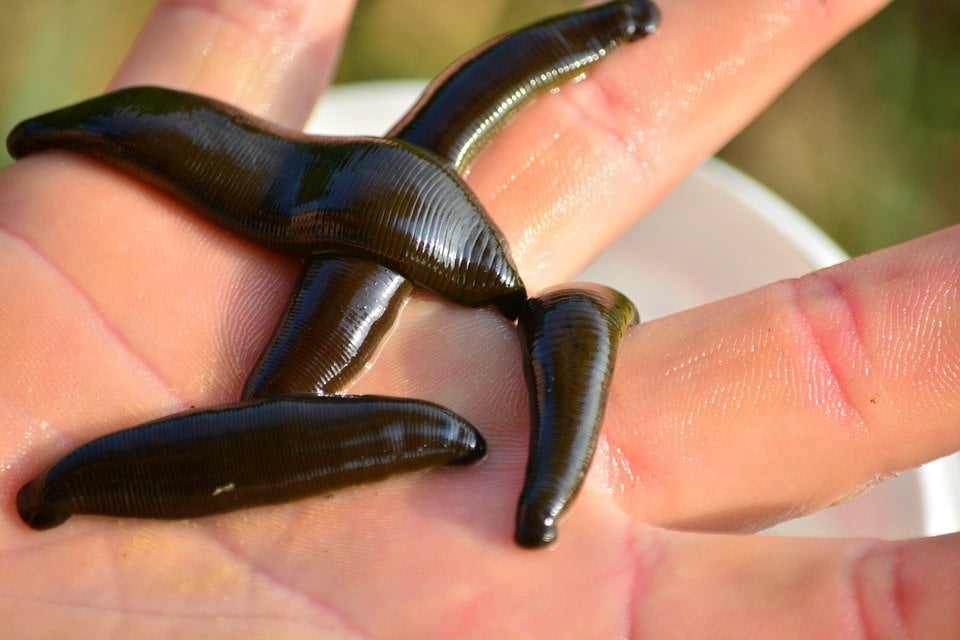Treatment with medicinal leeches, or hirudotherapy, promises relief from numerous diseases of a wide variety of organ systems. We decided to check whether this method has scientific evidence of its effectiveness.
Clinics And centers, specializing on hirudotherapy, this method is advertised for the treatment of various gastrointestinal diseases (gastritis, hepatitis, diarrhea, constipation and cirrhosis of the liver), pathologies of the genitourinary system (cystitis, urolithiasis, prostatitis), gynecological problems (fibroids, cysts, endometriosis, mastopathy, infertility), disorders of the circulatory system (hypertension, vegetative-vascular dystonia, arrhythmias, consequences of stroke and heart attack). With the help of leeches they promise to cure sinusitis and hemorrhoids, bronchial asthma and diabetes mellitus, reset excess weight, establish metabolism and put away cellulite. Some sites even consider leeches a panacea - they supposedly increase the number of neurons and interneuron connections, which, in turn, leads to an increase in the level of intelligence, helps with Parkinson’s and Alzheimer’s disease, helps children who cannot walk due to cerebral palsy be able to move independently, cures depression, epilepsy, schizophrenia, a whole spectrum oncological diseases and even HIV. It is not surprising that such a popular remedy during the new coronavirus pandemic has received another application - leeches. advise use for rehabilitation after suffering from covid.
Hirudotherapy has been practiced by mankind since ancient times - mention of the healing properties of the method can be meet in the works of Hippocrates (IV–V centuries BC) and Avicenna (980–1037). Leeches used in medicine of Ancient Egypt, India and China. In the 17th–18th centuries in Europe were popular bloodletting with the help of leeches, because many pathological conditions of the body were explained by “bad blood”.
One leech sucks from 5 to 15 ml of blood per bite, about the same amount a person loses until the bleeding stops. Five to seven animals are used in a hirudotherapy session. It turns out that during one procedure a person loses from 50 to 210 ml of blood. During bloodletting they could release a much larger volume - up to half of all the blood circulating in the body (however, such large-scale bloodletting usually ended not with a cure, but with the death of the patient).

The therapeutic effect of modern hirudotherapy explained not so much by getting rid of “excess” blood, but by the action of the enzyme contained in saliva - hirudin, which has an anticoagulant effect. This is action due to direct irreversible inhibition of thrombin, that is, hirudin directly binds to the thrombin molecule and causes its inactivation. Modern pharmacology uses synthetic hirudin (for example, the drug "Argatroban") for the prevention or treatment of thrombosis in patients with heparin-induced thrombocytopenia. Also applies an analogue of natural hirudin - bivalirudin (trade names Angiomax and Angiox). Thus, the use of hirudin really has a scientific basis for its operating principle and can be called effective in the treatment of those pathologies that require the use of anticoagulants. For schizophrenia, depression, HIV, infertility or epilepsy, anticoagulants are not required, therefore, hirudotherapy will not have any effect.
It is also worth noting that, unlike the administration of synthetic hirudin, whose use is possible only in a hospital setting by licensed medical personnel, hirudotherapy can be carried out in beauty centers or other premises (and sometimes at home) that are not equipped to deal with unexpected reactions of the body, such as allergies, which can put the patient’s health at risk. There is also a whole list of contraindications for hirudotherapy, which make the use of medicinal leeches impossible even in cases where the patient requires anticoagulant therapy. For example, deep vein thrombosis during pregnancy will require administration of anticoagulants, while pregnancy will be absolute contraindication for hirudotherapy.
In a systematic review of hirudotherapy noted Its effectiveness in the complex treatment of many diseases, it is reported that “the modes of action and bioactive substances [of medicinal leeches] still await further study, their usefulness in certain medical conditions is obvious.” The review also indicates that, in addition to the anticoagulant effect, hirudotherapy may have limited antimicrobial, local analgesic and anti-inflammatory effects. At the same time, at least on PubMed, there are no data on the use of medicinal leeches as part of rehabilitation after coronavirus infection.
To summarize, we can say that hirudotherapy really has a scientifically proven principle of action. Method approved the American Food and Drug Administration, and in our country - Central Clinical Hospital RAS. However, it cannot be called a panacea, since the therapeutic effect is observed only for certain diseases, while classical pharmacological drugs are registered and demonstrate their effectiveness for their treatment. It is also worth considering that treatment with leeches outside a specialized institution may be unsafe, and when choosing between leeches and medications, it is worth considering possible contraindications to hirudotherapy.

Mostly true
Read on the topic:
If you find a spelling or grammatical error, please let us know by highlighting the error text and clicking Ctrl+Enter.






